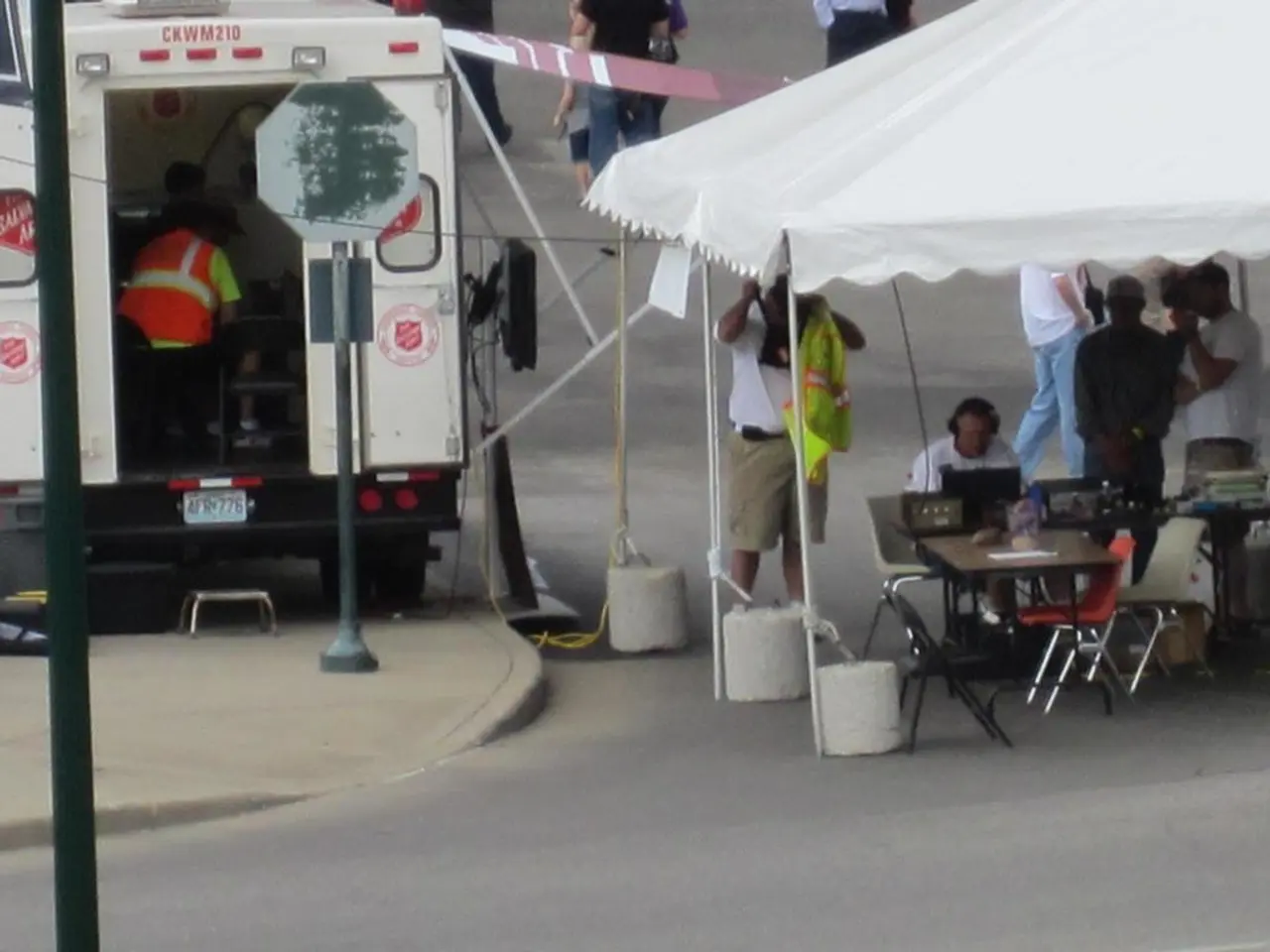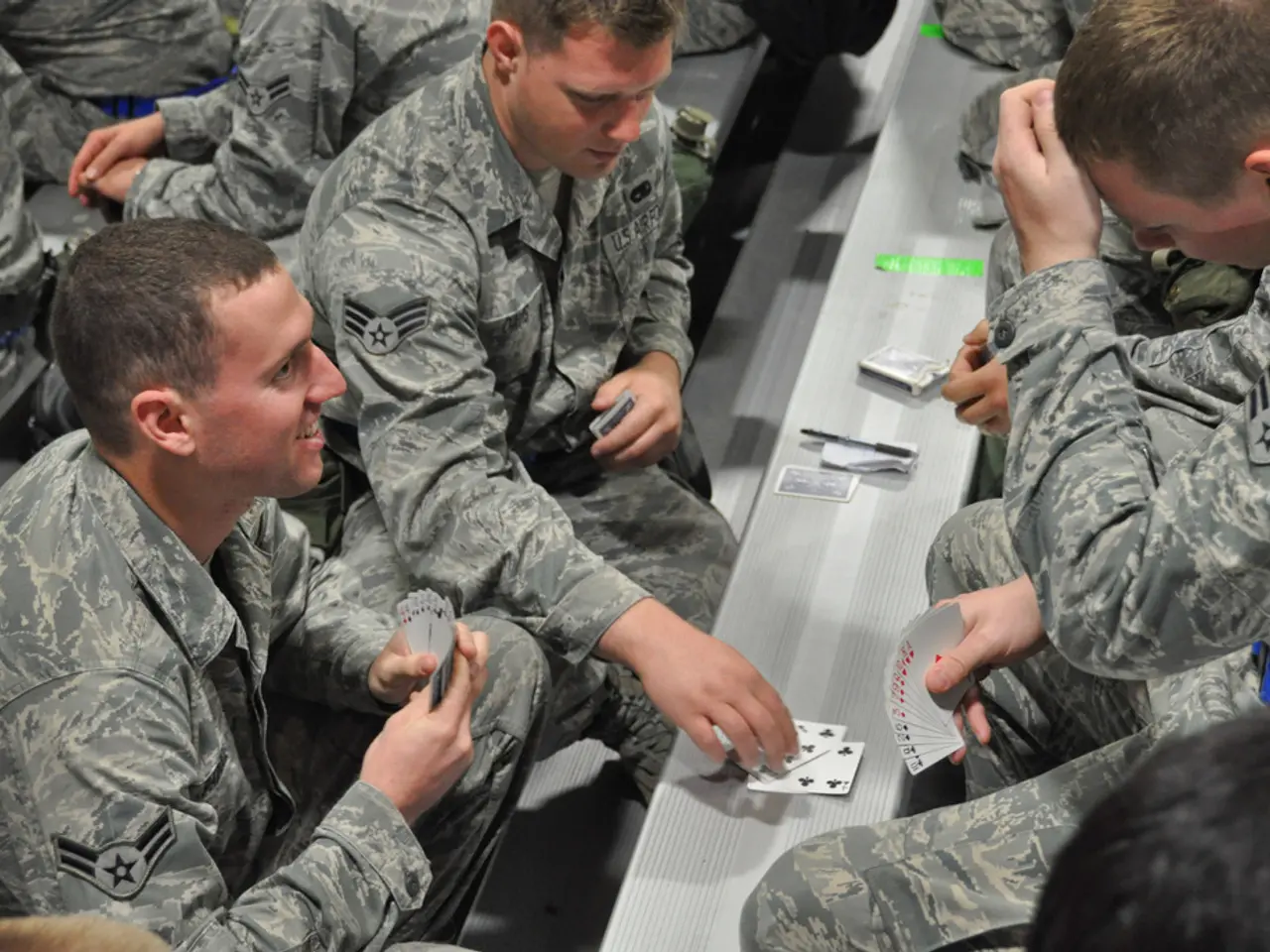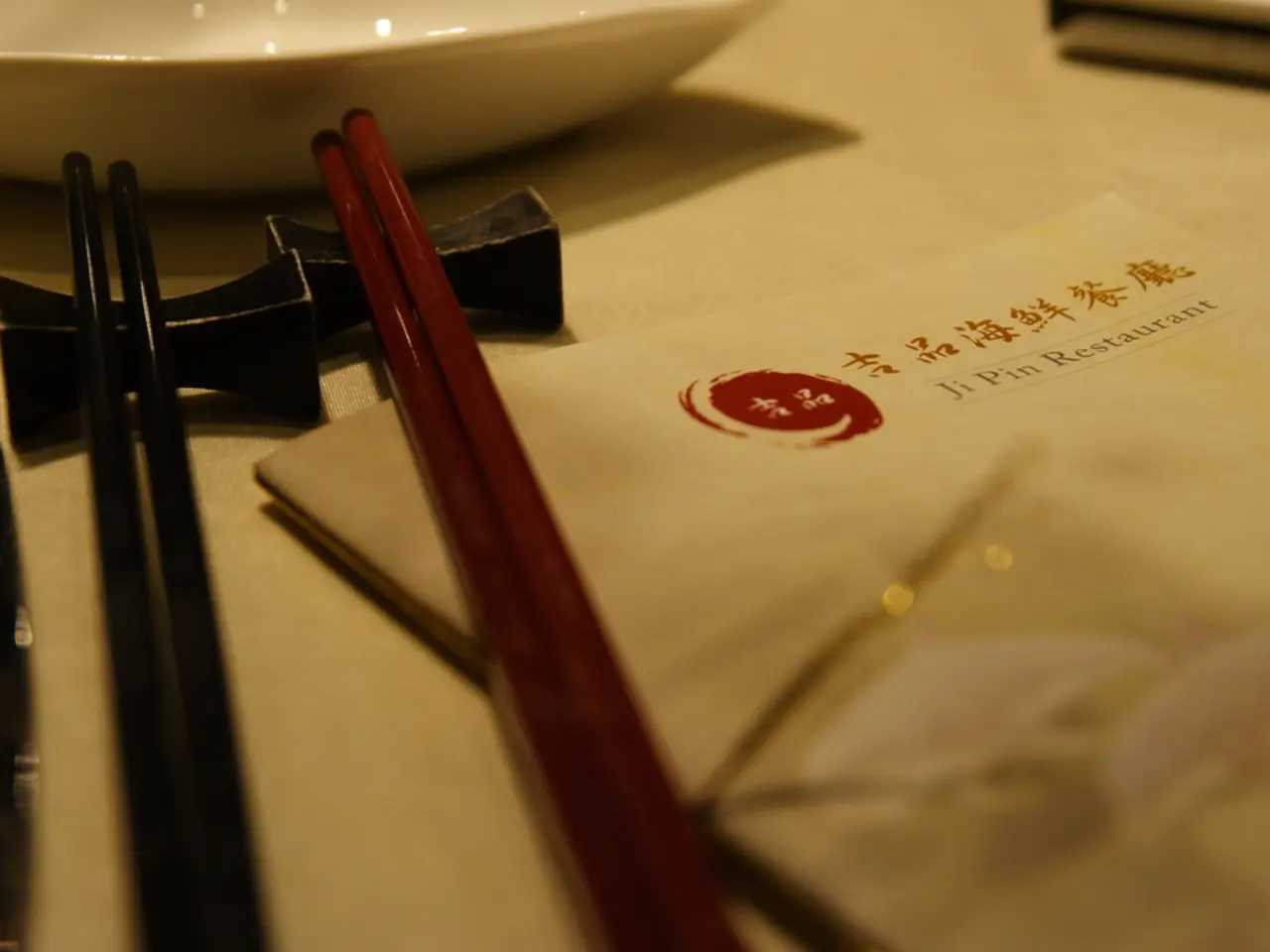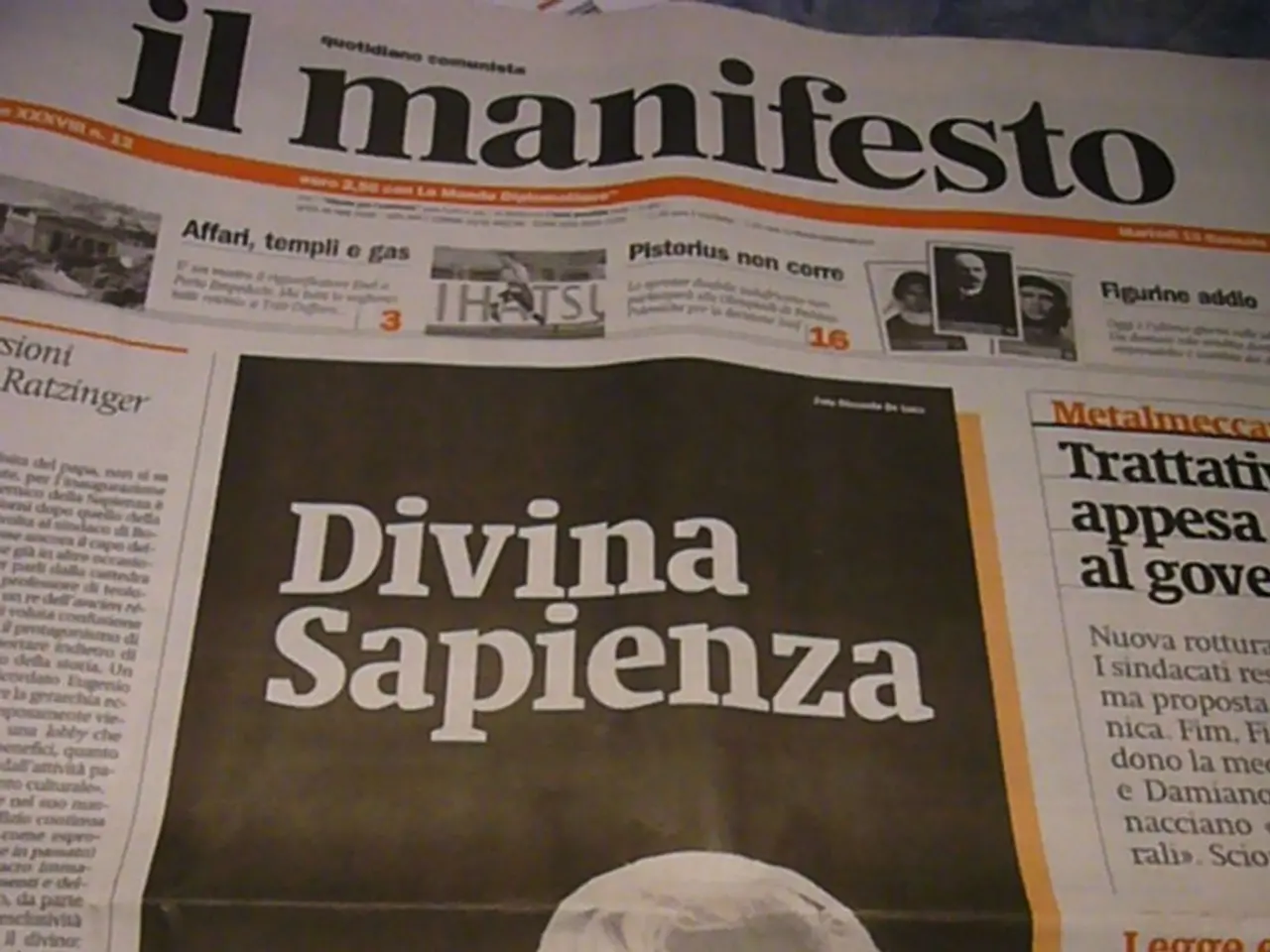Closing of a section in Astana on August 10 due to donor support
On August 10, the capital city will witness the annual Jüregımnıñ Jenımpazy run-festival. This event, held for 8 years, aims to support patients on the waiting list for transplantation and raise awareness about transplantology.
With over 5,000 participants, the event will have three distances: 10 km, 3 km, and 1 km. The participants include medical workers, patients who have undergone heart, kidney, and liver transplants, business representatives, and concerned citizens.
The run will start at 7:00 AM after the organizers' welcoming speech. Given the large number of participants, certain streets will be temporarily closed, affecting traffic and pedestrian pathways.
Drivers are advised to use alternative routes to avoid the festival area and expect traffic delays near the event zones. Pedestrians should follow designated detours and signs, as some sidewalks may be temporarily closed for safety.
If you plan to travel near or through the city center on August 10, plan ahead and allow extra time for your journey. Public transport schedules might also be adjusted for the event. Check local traffic updates on the day for the latest information.
The Jüregımnıñ Jenımpazy run-festival is not just a sports event; it's a symbol of hope and resilience. By participating or supporting the event, you're helping to make a difference in the lives of those waiting for a life-saving transplant.
Sports enthusiasts are encouraged to participate in sports-analysis discussions about the Jüregımnıñ Jenımpazy run-festival, which showcases various athletic abilities and contributes to the transplant community. Following the event, intriguing sports-analysis can provide insights into the motivation and determination of participants, particularly those who have undergone transplants and medical workers.







